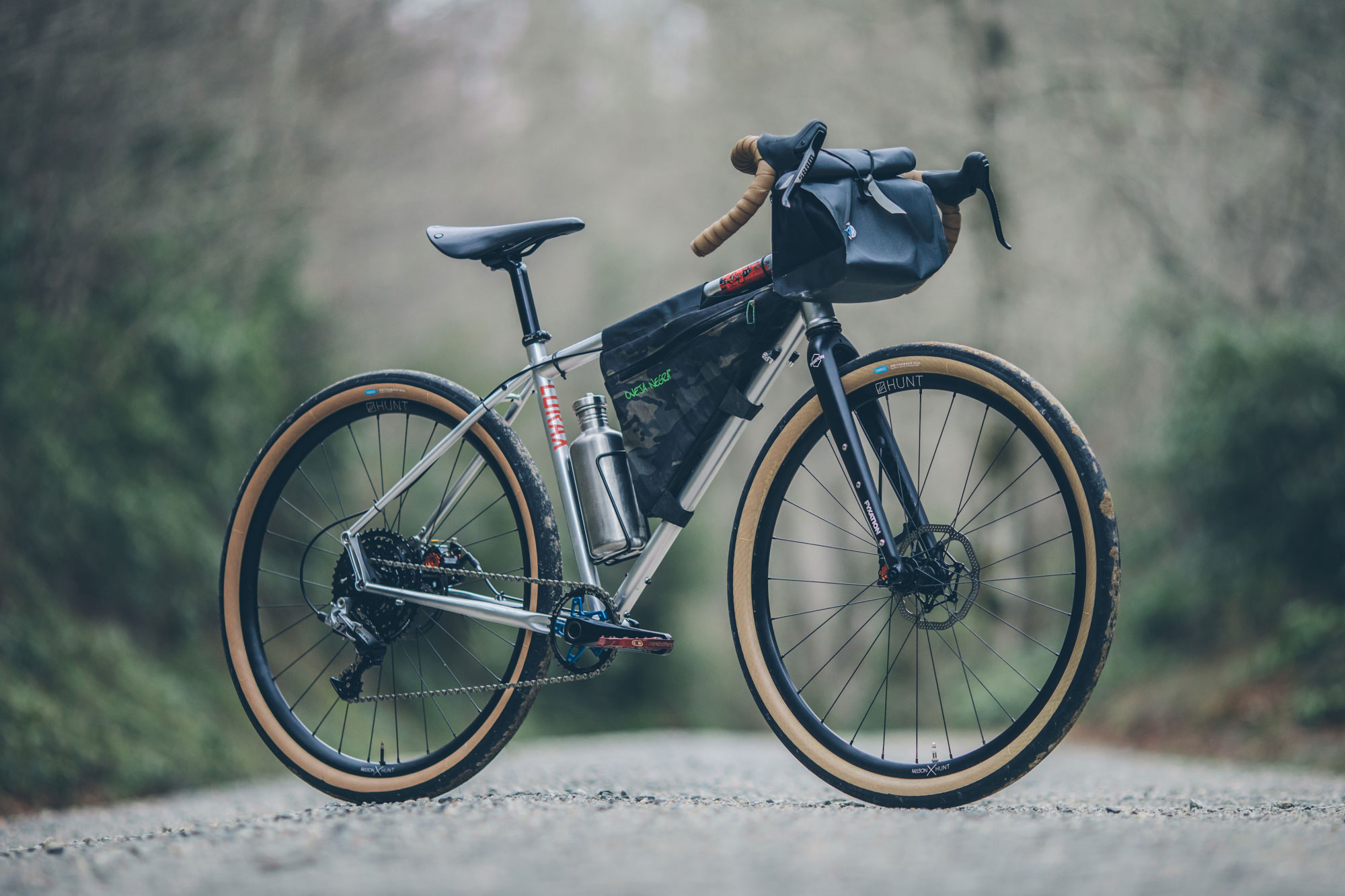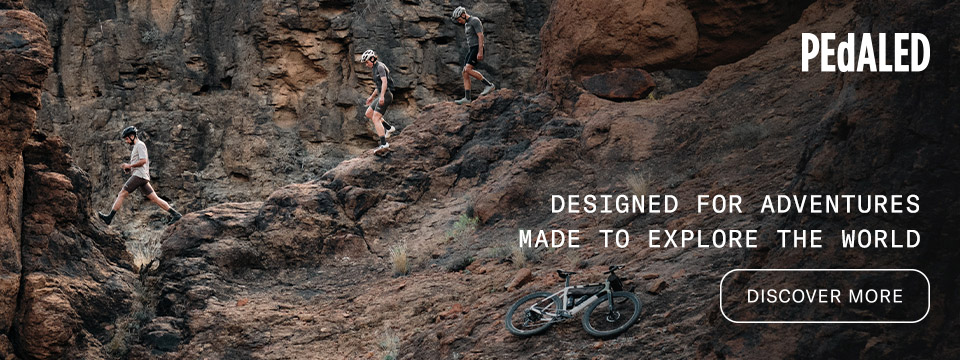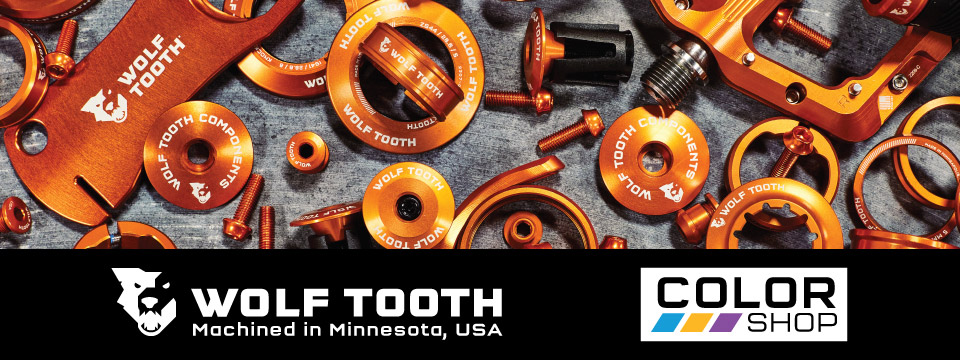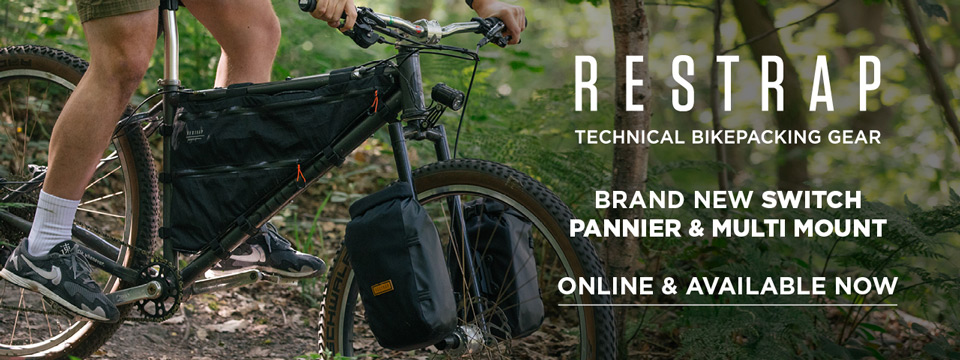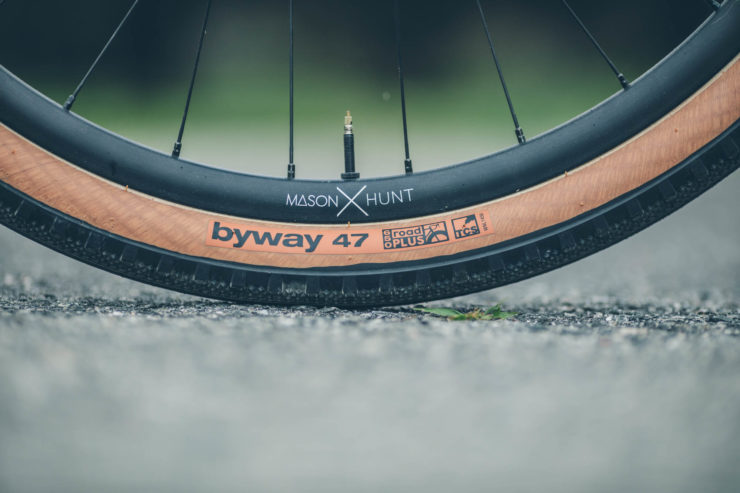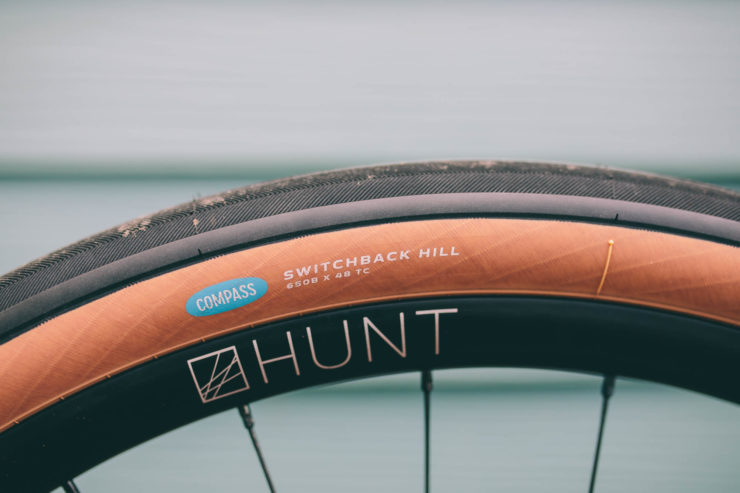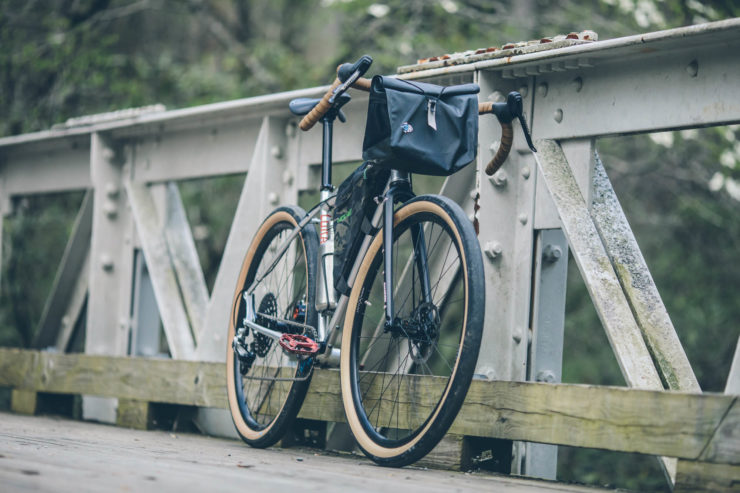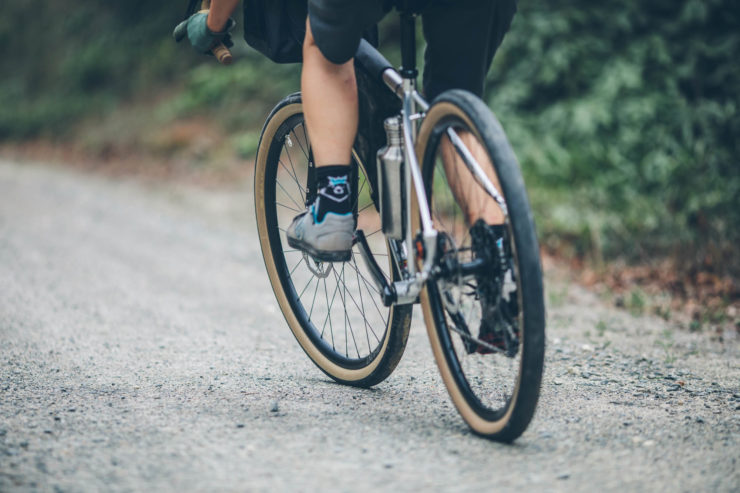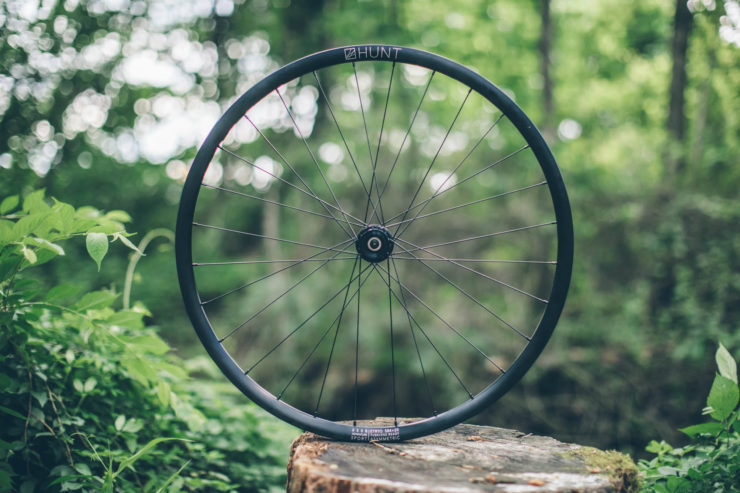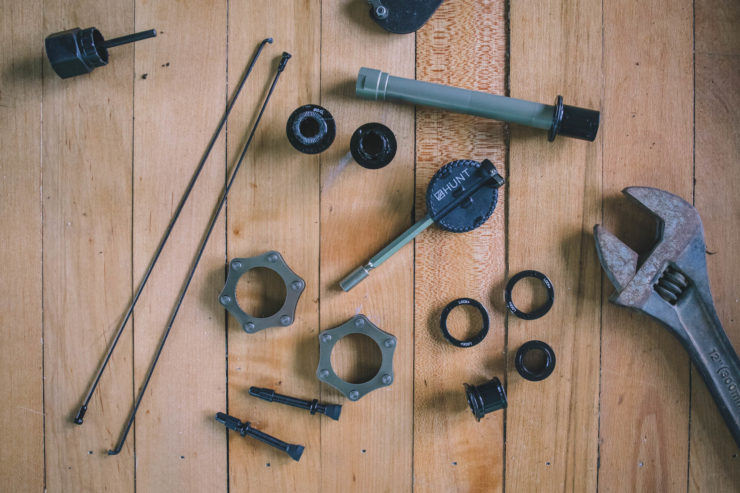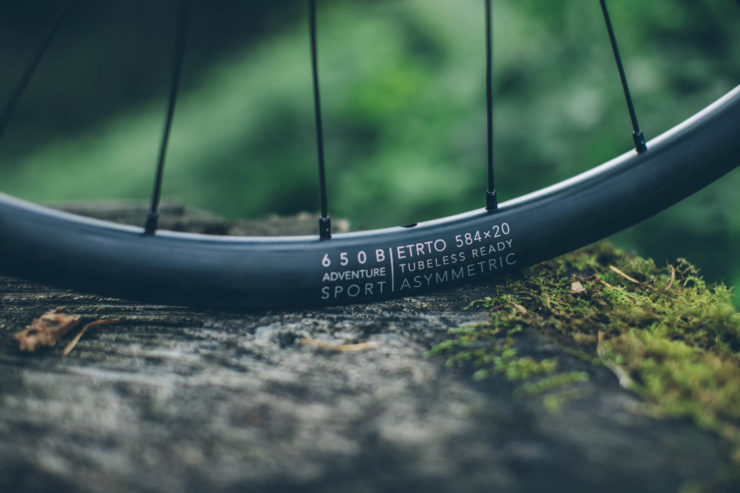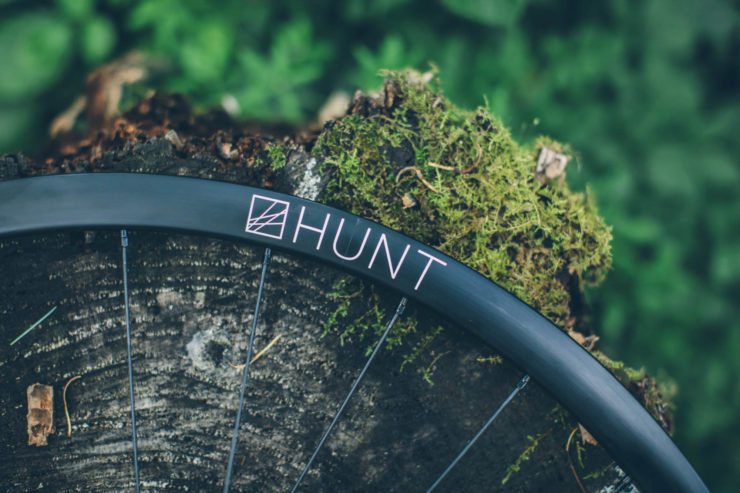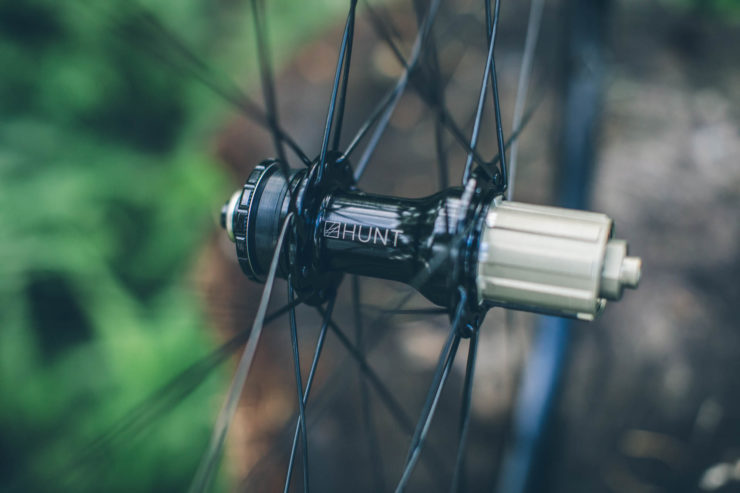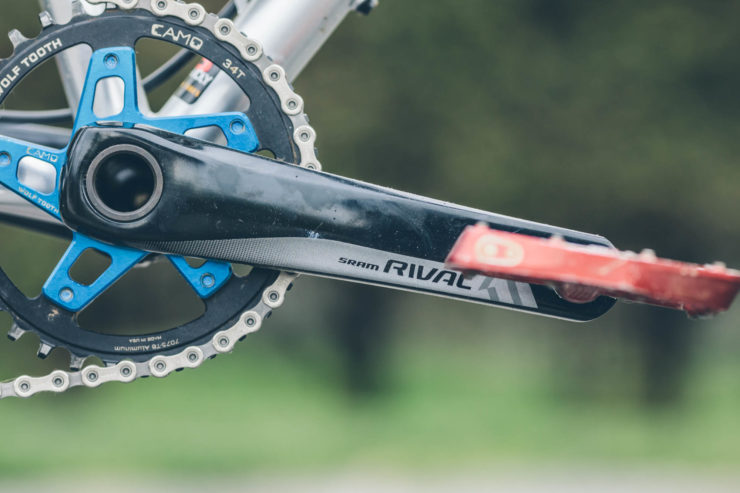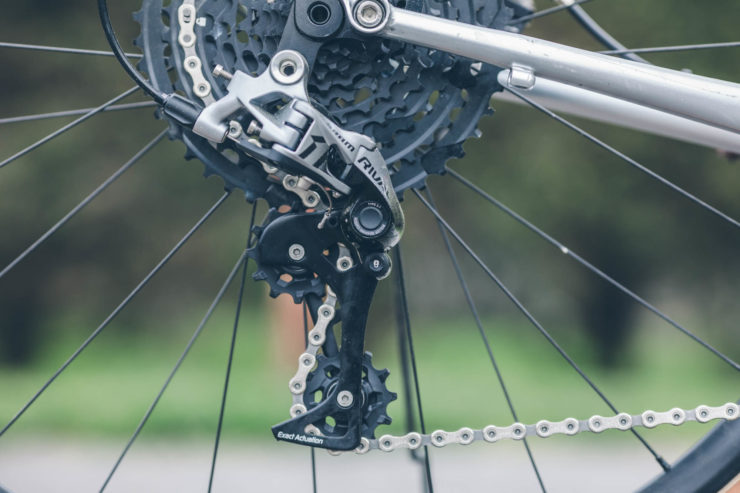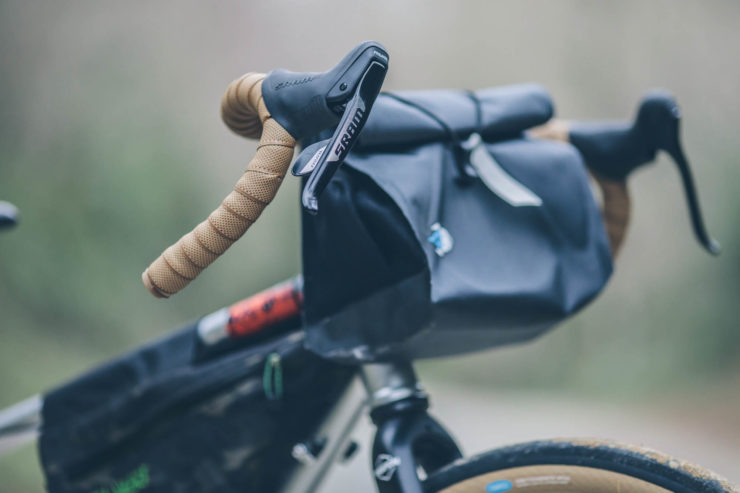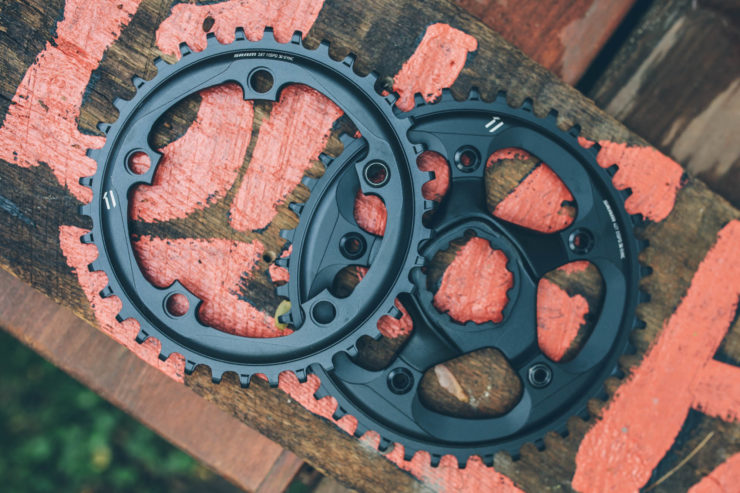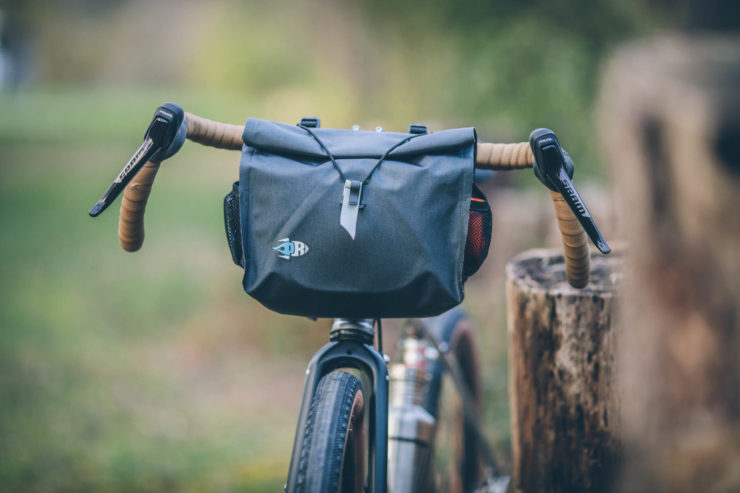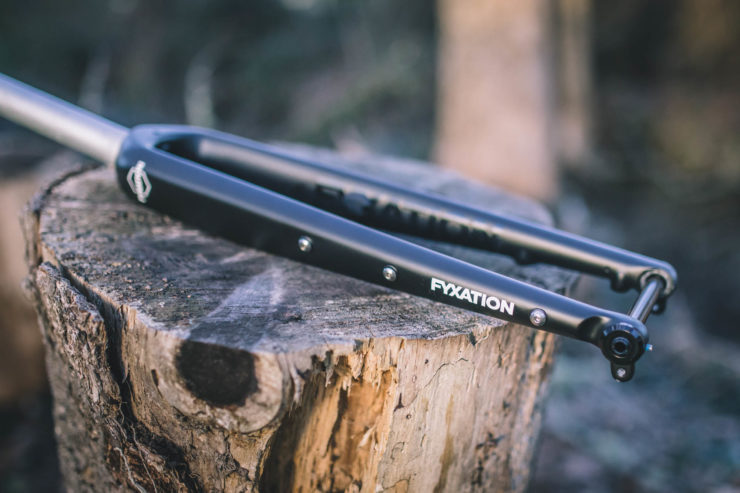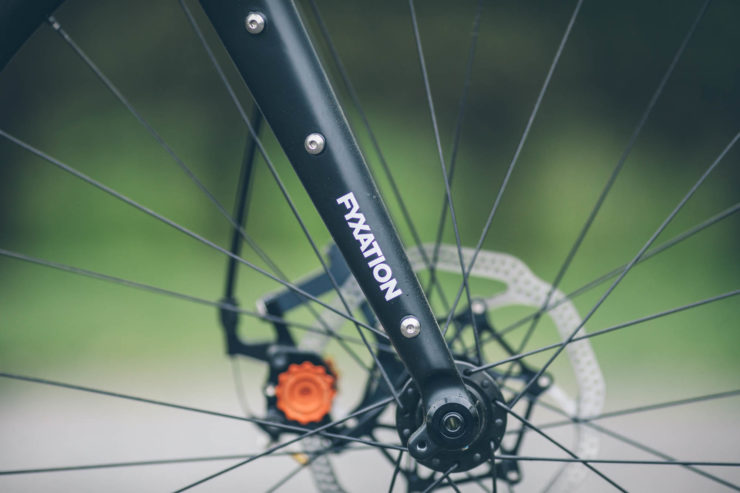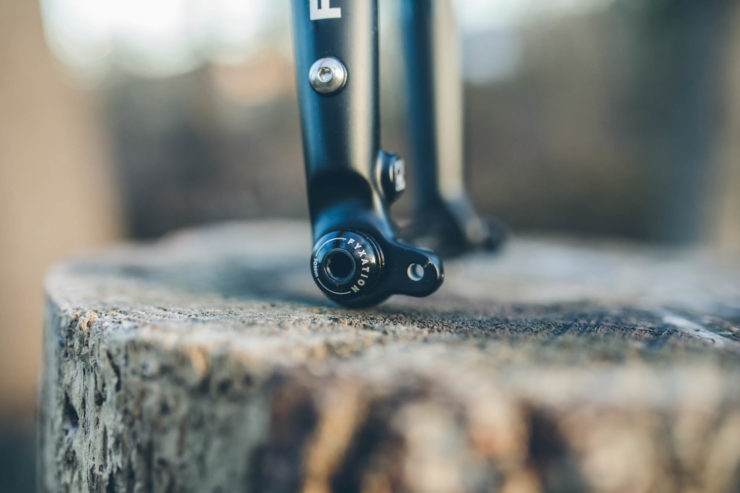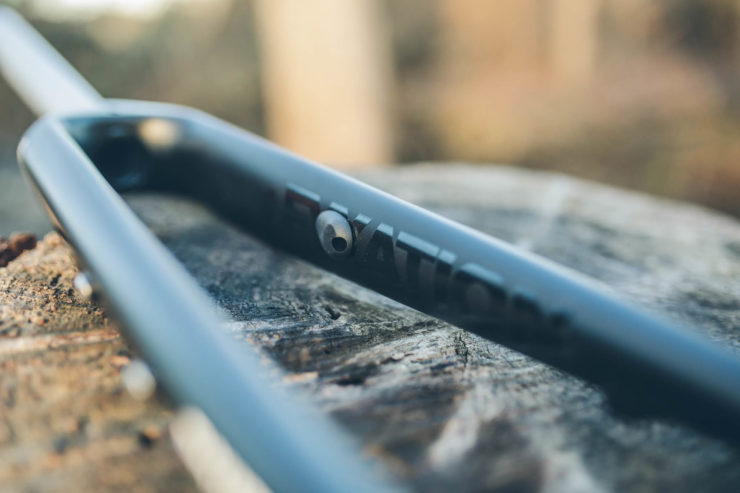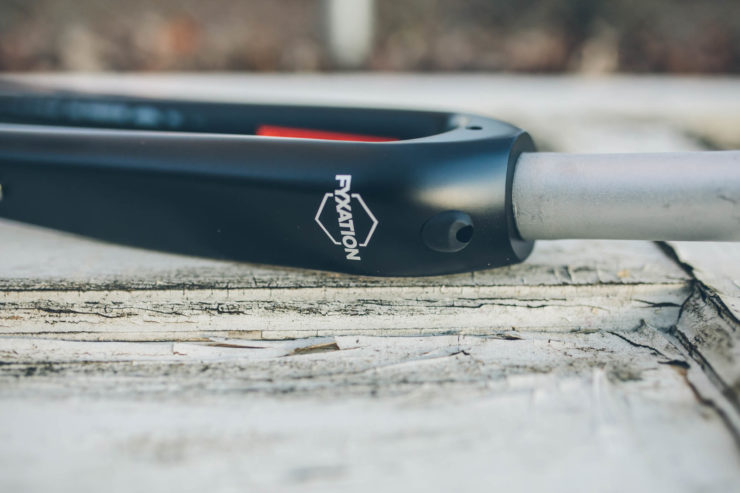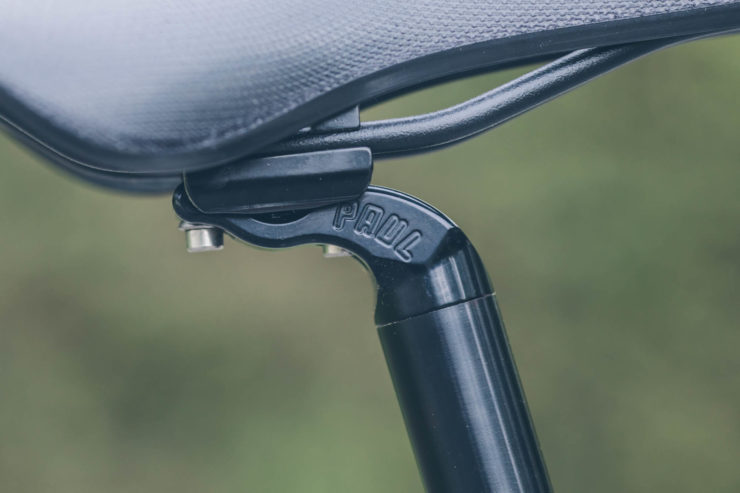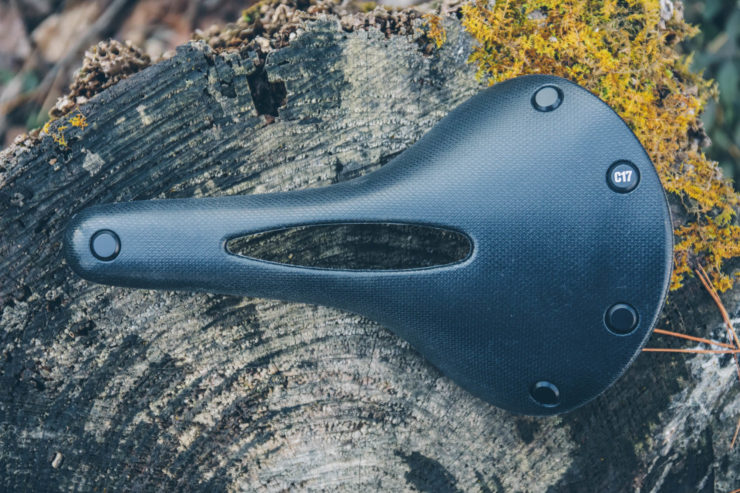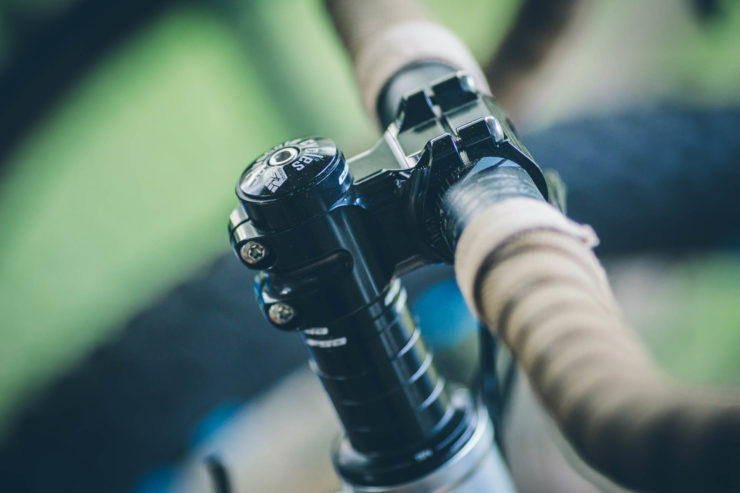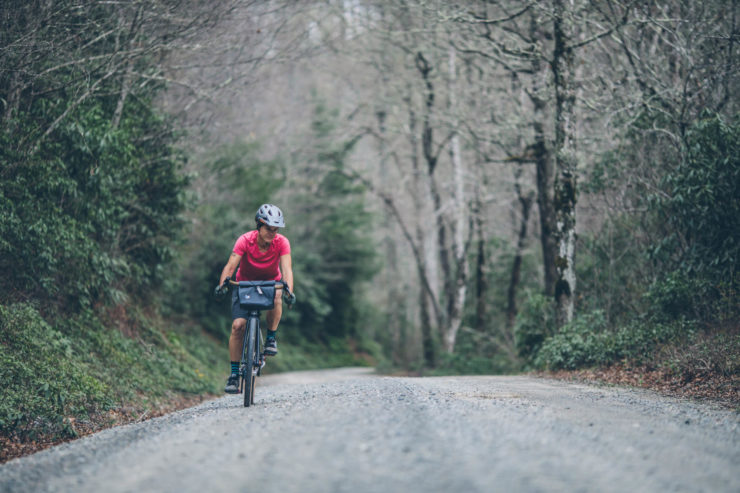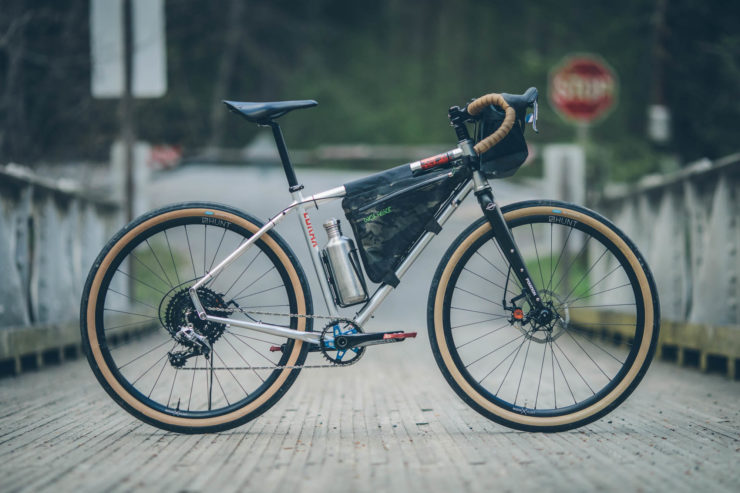700C to 650B: Road Bike to Dirt and Gravel Rig
Interested in converting a 700C cyclocross or touring bike into a 650B gravel bikepacking rig? Or maybe you’re just intrigued by 650B / road plus? With the promise of dirt-friendly tires and a more supple ride, there’s plenty to like. We took an Advocate Lorax and made the switch. Find out what we learned about 650B, everything you need to know about such a conversion, and details about the specific components we selected.
PUBLISHED Apr 26, 2018
With the recent flood of 650B gravel/adventure bikes coming to market, and 47-50mm road plus tires surging in popularity, you might be interested in purchasing a new 650B rig or converting the 700C bike you already have. Otherwise, you might just be trying to wade through all the marketing jargon to see if 650B is a good fit for you. In this guide, you’ll find all the facts and figures you need to know about 650B, learn whether your 700C bike is suitable for a conversion, and get some ideas about how to take on such a project. First, let’s start with the basics.
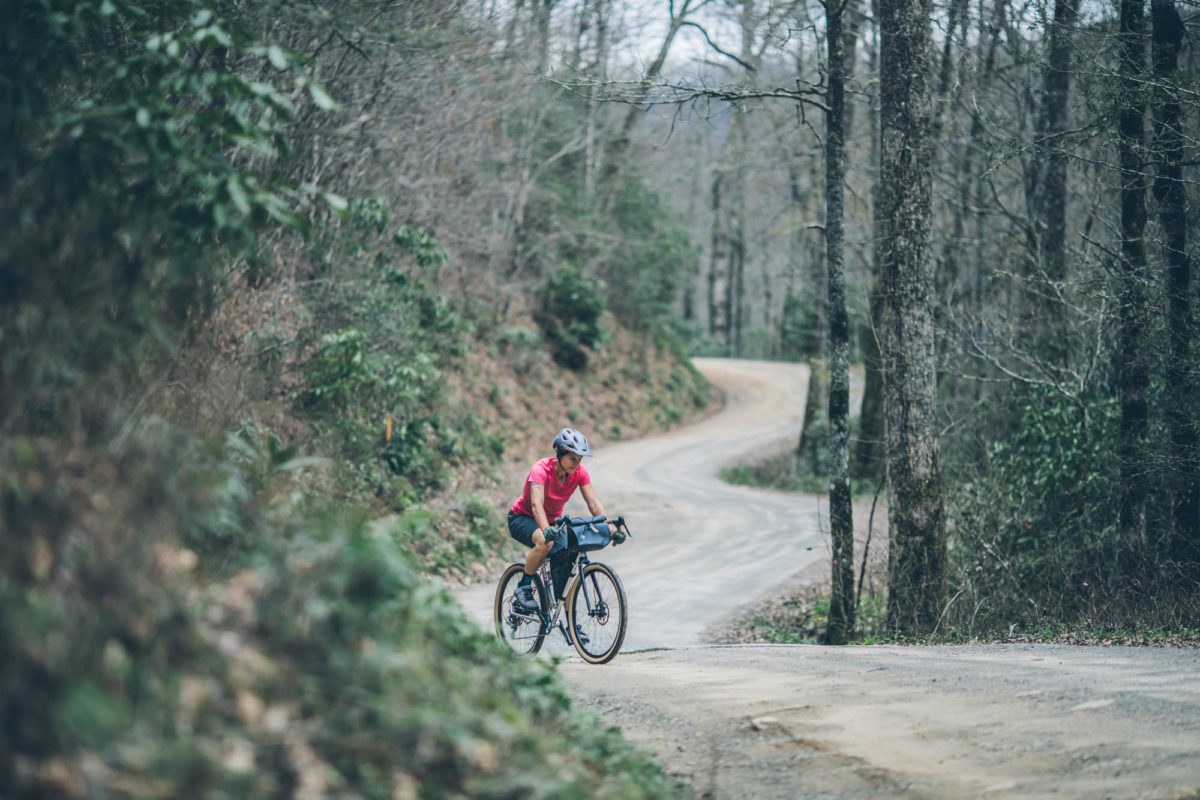
What is 650B?
In short, it’s a wheel size in between 26” and 29”. To clarify, there are three commonly used wheel sizes in the conventional bike market—26”, 27.5”, and 29”—that are based on 559, 584, and 622mm bead seat diameters, respectively. Just as a 700C wheel is the same diameter as a 29” (29er) wheel, 650B shares the exact same rim diameter as 27.5”.
As it happened, the bike industry came to describe and market road category (drop-bar) products in “C” and millimeters, and mountain bike products in inches. Well, kind of. It’s not an altogether exact science, since the 700 and 650 numbers don’t translate. 27.5”/650B rims have a bead seat diameter of 584mm, and 29”/700C rims have a bead seat diameter of 622mm. Adding to the confusion, and counter to what the industry might lead you to believe, 650B is nothing new. It’s actually been around for quite some time (see boxout below).
A Brief History of Tire Sizes
Why are rims with a 622mm bead seat called 700C and ones with a 584mm bead seat called 650B? Originally, there were 700A, 700B, and 700C rims and tires, all of which had an outer tire diameter of 700mm, with A being the skinniest (and fastest) and C tires being the thickest. So, A had the largest rim (bead seat) and C had the smallest. Eventually, the C permutation won out, and people altered the outer diameter by mounting different tire sizes on a 700C rim.
A similar scene played out with 650 rims. There were several variations on the rim diameter and ‘B’ triumphed, although Schwinn adopted 650C for their cruiser bikes for a while. Back in the 1930s, the “650B Balloon,” also known as 26 x 1 1/2″, became popular in France for randonneurs, loaded touring bikes, and tandems. However, the 650B size never caught on in the United States, and its popularity waned in France alongside the growth and adoption of the mountain bike.
Much later, circa 2007, with Kirk Pacenti on the front lines, 27.5” mountain bike wheels suddenly hit the scene. Years after, in 2013, it took off when almost a dozen bike companies released 27.5” mountain bikes touted to have the perfect blend of a 29er’s rollover with the nimble playfulness of a classic 26” wheel. Parts manufacturers followed suit. Today, 27.5” wheels have all but taken over.
All the while, in the expanding all-road and gravel scene, there has been a dedicated 650B fanbase who have been diligently working to restore it to its former glory. Driven by aficionados of the classic French style bikes and gravel brevet enthusiasts, tire options started popping up. With new 650B bikes popping up monthly, now seems to be its time.
Most of the bikes now coming out in this genre are either road plus / all-road, or more of an aggressive monstercross style. The latter usually means 27.5 x 2.1” semi-slick tires or bigger XC rubber, like the WTB Nano on the Bombtrack Hook EXT-C. And road plus often refers to 47-50mm tires that are generally devoid of tread aside from small side knobs, like the WTB Byway, or have a slight texture like the tire that started it all, the Compass Switchback Hill 48mm.
Appropriately, the Switchback Hill was named after a pass on the 360-mile Oregon Outback gravel route, where the gravel is quite loose. The Switchback Hill was developed as an all-roads tire to add floatation and provide speed and security when the going gets rough. In addition, 30% of the Oregon Outback route is on pavement, so this tire style is meant to roll as fast and grip as well as a good road tire would, offering of the best of both worlds. We asked Jan Heine, 650B connoisseur and founder of Compass Bicycle, how he decided on the Switchback Hill’s 48mm width, a size many other companies are now following.
According to Jan, “We were thinking about how wide a tire can fit between a set of ‘road’ cranks with narrow Q-factor. Without a huge amount of trickery, like the dropped chainstay that Open and 3T use, you end up with a 650B x 48. So we learned that this was a good size. We are really happy that other companies have followed suit and offered tires in this size, especially at the OEM level. The manufacturing costs of high-end tires like our Compass tires are too high to make suitable for production bikes, but now that others offer ‘OEM’-spec tires in this width, we are seeing many production bikes designed around wide 650B tires. That is really exciting!”
Why 650B?
Before we dive into the details about converting a bike to 650B, let’s talk a little bit about the platform and who 650B is best suited for. The main reason most folks consider 650B is to have bigger, wider tires—usually 47mm-53mm (around 2.1”)—on a drop-bar bike that would normally be fitted with much narrower tires. The benefits are fairly obvious. Wider tires offer more floatation, a more supple ride, and are all around better suited to dirt and gravel surfaces. They can also be just as fast as road tires, as proven by Jan Heine in Bicycle Quarterly.
Why not just slap a pair of chunky 700C x 45mm tires on your ‘cross bike and call it a day? Unfortunately, most 700C drop bar cyclocross, gravel, and touring bikes have clearance restrictions well under 45mm. In most cases, these limitations are based on the frame design, dictated by the chainstay/yoke configuration required to accomodate a typical 68mm bottom bracket shell and road drivetrain. Most are limited to tires under 40mm, even. But clearance restrictions aren’t the whole story.
Wider Tires, Same Diameter
There are a few 700C drop-bar bikes that can fit big tires. Both the Salsa Cutthroat and the Kona Sutra LTD (though in marketing terms they’re drop-bar 29ers) can fit 29 x 2.3” tires via the use of a 72mm bottom bracket shell. And there are several others that can accommodate 45mm or larger rubber. But, much of the draw of 650B is that it enables the use of wide tires while maintaining a smaller and more manageable tire diameter. For reference, the diameter of a a 650B x 47mm tire equals that of a 700x28mm tire.
So, why should this matter? For many riders, the large diameter of a 700C x 45mm or 29 x 2.1” tire might feel too big. Not always, but sometimes. And, for many riders under 5 ½ feet tall, the smaller diameter of 650B might feel more comfortable. In addition, reducing the rim diameter allows a bike to maintain better handling characteristics and react more quickly to rider input. With that said, 650B works for taller riders as well.
If you are simply looking to swap tires on a bike, consider your bike’s geometry—the reason there used to be 700A, B, and C. If a bike was designed around 25mm tires and you manage to squeeze 2” rubber into the frame, there will be consequences. Most notably, in the bike’s standover height and toe overlap. Conversely, if a bike was designed around 700C x 45mm tires and you switch to 650B x 47mm, the bottom bracket will likely be far too low. This is why the diameter of a bike’s intended wheel and tire combo should be scrutinized. 650B tires, such as the popular 47mm Byway or 48mm Switchback Hill, will have a diameter of about 678-679mm, approximately the same as a 700C x 28mm wheel/tire combo. Here are five useful equivalents:
700C x 23mm = 668mm = 650B x 42mm
700C x 28mm = 678mm = 650B x 47mm
700C x 32mm = 686mm = 650B x 50mm
700C x 35mm = 692mm = 27.5 x 2.1”
700C x 38mm = 698mm = 27.5 x 2.25”
Generally speaking, the main reason folks are making the switch to 650B is to have wider tires, but that’s just one part of the equation. Consider these additional reasons…
Maintain a Comfy Gearing
Gearing is another factor that’s directly affected by wheel and tire size. As tire size goes up, so does gearing. When comparing a 650B rig with 2” tires and a 700C bike with 2” tires, the latter will require a lower granny gear to climb the same hill in the same cadence while loaded down with bikepacking equipment. Not only is going to the smaller 650B diameter with large volume tires good for keeping low gearing, but it also keeps gearing roughly the same as what road riders are used to. More air and rubber, same gear ratios. That makes the naming convention behind Compass’ Switchback Hill tires click, right?
Toe Clearance, Low Overlap
Toe overlap is a term for shoe interference from the front tire, usually experienced at slower speeds when pedaling technical terrain or during maneuvers that require tight turning. Most drop-bar bikes with bigger tires will have a little toe overlap, but there is definitely a point at which it can become a burden. That’s where 650B saves the day. With the same diameter as a 700C x 28mm tire, a 650B x 48mm tire can provide all the goods without risking excessive toe overlap.
Bonus Round: Hidden Perks
There are a few other inherent advantages to moving from 700C to 650B. For one, shorter spoke lengths make stronger wheels. By virtue, smaller wheels should be stiffer, too, which means more responsive pedaling. In addition, smaller rims and wheels mean less metal was used to make the rims and spokes, which should translate to a lighter wheel. Smaller wheels and tires free up more room for seat bags and handlebar bags too. And, last but not least, they make packing a bike easier for travel or shipping.
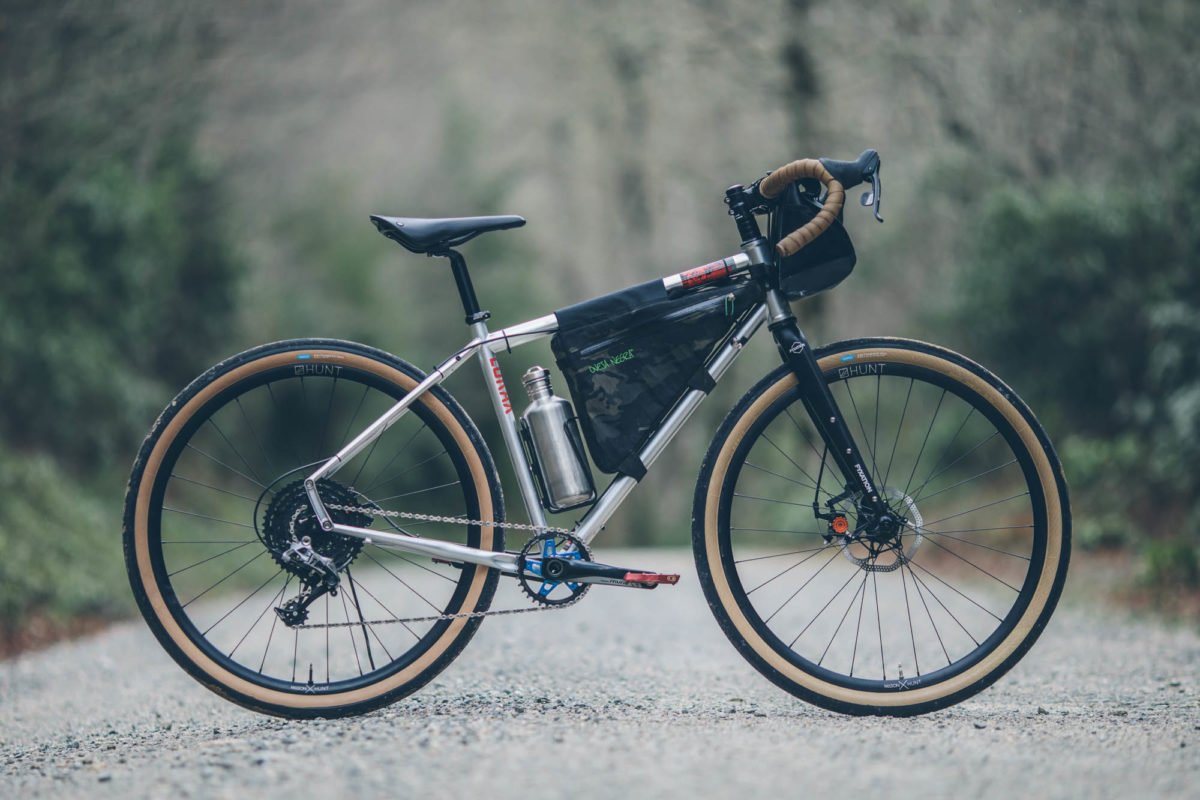
Converting a 700C Bike to 650B
Before the current trend of new 650B production drop-bar bikes, 650B was largely relegated to small frame builders, randonneuring enthusiasts, tinkerers, and folks interested in converting older road bikes to get some of the big tire secret sauce. In the following section, we’ll look at why the ideal 700C to 650B conversion involves a bike built around skinner 700C wheels that normally fit less than 40mm tires, like a touring or cyclocross frame. The most common and appropriate 650B conversions involve a 700C bike built around 25-30mm tires.
For this project, we used a size medium Advocate Lorax, a bike designed around 700C x 38mm tires, and an already adept gravel bike. But the Lorax maxes out at 40mm tires in 700C and more volume was needed. Even so, we knew going into it that this wasn’t the perfect bike for road plus tires, but it would work with shorter cranks. This leads us to the first factor to consider before tackling a 650B conversion: the bike’s intended tire size. As mentioned, 650B x 47/48mm tires usually have a similar diameter to a 700c x 28/30mm wheel/tire combo. If your bike was designed around such a tire, or a 32-35mm tire, 650B conversion might be appropriate. And, even if you have a bike designed around 700C x 35-42mm tires, it is still a possibility, but bottom bracket height and tire width clearance might be issues. Either way, there are a few preliminary details to evaluate:
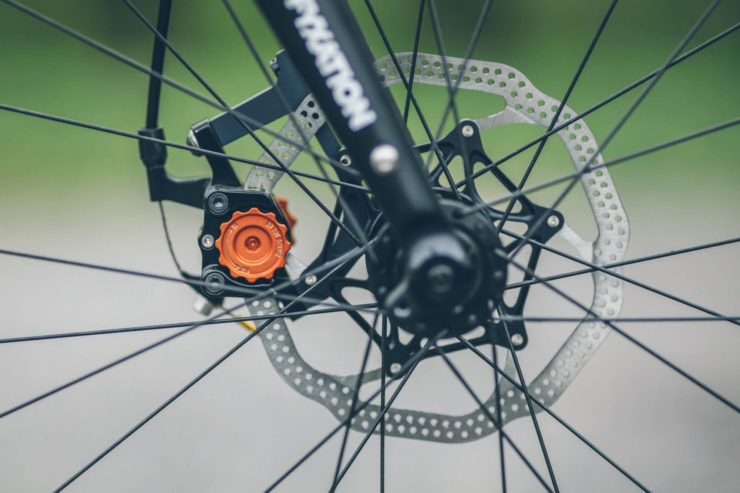
Disc Brakes
Brakes are most hardline obstacle when switching from 700C (622mm) to 650B (584mm) wheels. If your bike has disc brakes, you’re golden. If not, you’ll have to decide whether it’s worth the trouble. 650B rims have a radius that’s 19mm smaller than that of 700C. So, if you’re running non-disc brakes, you’ll need to have your brake mounts moved or find brake calipers with a really long reach. Just how long of a reach you’ll need – and whether you can even use your existing centermount or post mounts – will depend on the dimensions of your specific frame and fork. To establish the required brake reach, measure the reach with the original 700C wheels and add 19mm. There are rumors that it’s sometimes possible with BMX-style and centerpull calipers and, but that’s beyond the scope of this article.
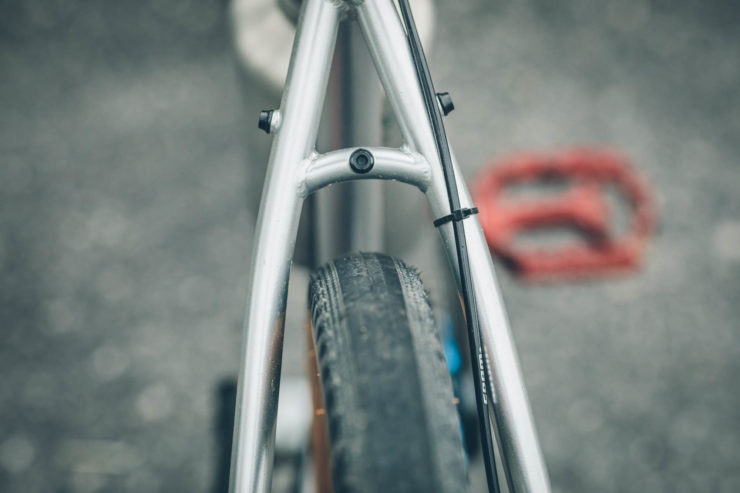
Tire Clearance
If brakes aren’t an issue, the next most obvious consideration is whether or not your bike has the proper clearance for big 650B tires. The favorable 650B x 47/48mm tires, made popular by the 48mm Compass Switchback Hill and 47mm WTB Byway, have a similar tire diameter to 700×28 wheels and tires. So, chainstay length isn’t usually the issue. It’s the width that can be a challenge. The widest point in a 650B x 47-48mm tire is about 325mm from center of the rear axle. So if you measure that distance on your stay, from the rear axle, you should have over 58mm of room (in our opinion) for a 47/48mm 650B tire. The Lorax has 63mm, which left a comfortable 8mm on each side of the tire as breathing room.
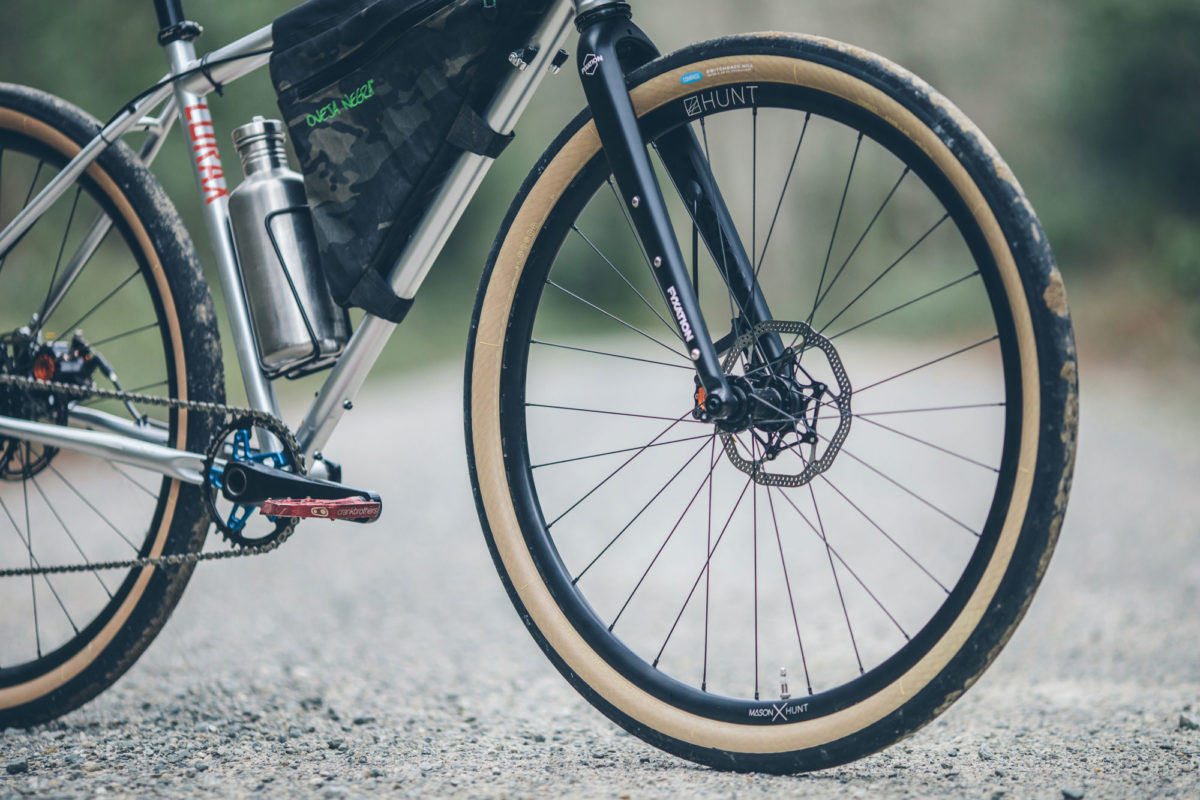
Bottom Bracket Drop
Now that we’ve covered tire diameter, it’s easy to see how to match the intended vertical stance of a bike. But, what about the actual numbers? What makes a BB height short enough that pedal strikes and cornering will be an issue? To answer that, let’s look at the bottom bracket drop (distance of center of BB shell from axle plane) on a few recently released 650B-specific bikes. The Bombtrack Audax has a 65mm BB drop (L), Surly’s Midnight Special shows 65mm, Chumba’s Terlingua has about 66mm, and the Masi Speciale Randonneur 650B has 70mm. All four are specced with 47mm WTB Byways. Moving to the MTB side of the spectrum, the Norco Search XR (70mm BB drop), the Salsa Journeyman (72mm), and the large Bombtrack Hook EXT-C (67mm) are all specced with 27.5 x 2.1” tires.
One thing to remember with wider tires is that they have more tire drop—more deflection under load. According to Jan Heine, “You really need to factor the BB height with about 15% tire drop. In the old days, with 20mm tires, tire drop was 3mm—not a big deal—but the Switchback Hill 48mm tire will drop about 7mm when the rider is on the bike!” Jan also suggested that tire drop is independent of rider weight, and that for this type of tire, it’s appropriate for air pressure to be set at about 15% tire drop, almost like suspension sag. Heavier riders use higher pressure, lighter riders lower pressure.
Now, what’s the proper BB drop for 47-48mm road plus tires? Between 63 and 70mm, it seems. According to Jan, “For a 650B x 48mm Switchback Hill, you’ll need a 70mm bottom bracket drop to achieve the ‘road standard’ BB height of 265mm. With a 650B x 42mm tires, you’ll want a bit less BB drop—ideal would be 63mm.” The Lorax has a 75mm BB drop, which is a little low. But with 170mm cranks it seems OK after a few rides. we may end up putting 50mm tires on it to beef it up a hair though.
And for 2.1-2.2” MTB tires? 65-75mm. Anything lower might start being risky when it comes to pedal clearance. Of course, some of this can be mitigated with shorter cranks, such as 165 or 170mm arms. Your preferences may differ depending on intended terrain. I personally think between 65-67mm is ideal, with 170mm crank arms, as this provides adequate clearance for riding on some extra chunky bits.
Another reference is WTB’s list of compatible frames that will work with their Byway road plus tires. However, this is by no means a complete list.
The Cast of Components
Given its modular dropout system, the Advocate Lorax is a versatile bike to tinker with for a project such as this. Switching the modular dropouts from a 135mm/QR to a 142 x 12mm thru-axle enabled a stiffer and modernized rear end. We handpicked all the components to create a 650B bike specifically for gravel bikepacking. Here they are:
Hunt AdventureSport Disc
Hunt has a lot of great wheels in tons of widths and configurations, all very reasonably priced and designed to withstand adventure. The AdventureSport Disc, as used here, are a good option for 42-48mm tires. They feature a 20mm inner width, tubeless ready rim with a hookless bead, and an asymmetric spoke design for toughness and durability. In addition, they are extremely versatile. Each wheelset includes axle adapters to convert to QR or thru-bolt in 12/15/9mm axle diameters (front), and 12×142, 12×135, 10×135 in the rear. They also include tubeless tape and valves, spare spokes, and a spoke key, all for about $445 USD. Hunt also has wider wheelsets that might be a little better for 48-2.2” tires. Check out their 24mm IW AdventureCarbon wheels, affordable 29mm IW TrailWide, and their Dynamo specific wheels.
SRAM Rival Drivetrain
In our opinion, SRAM Rival is the best bang for the buck when it comes to modern road drivetrains. It’s versatile, and you can usually get a Rival 1 shifter/derailleur/crankset for a little over $300. The derailleur and shifter are extremely solid, and it gives you a lot of options. For starters, the Rival 1 (1x) is a direct mount crankset, so you can easily switch the chainring to dial in gearing.
We added a Wolf Tooth CAMO system to facilitate easily swapping out chainrings for different rides. And, the Rival 22 (2x) offers a decent 50/32 ring combo, although 46/30 would be a little better for loaded bikepacking. In addition, the XG-1150 full-pin steel cassette is super solid. And, if a 42T big cog isn’t enough, the Rival derailleur also works with a 46T cassette.
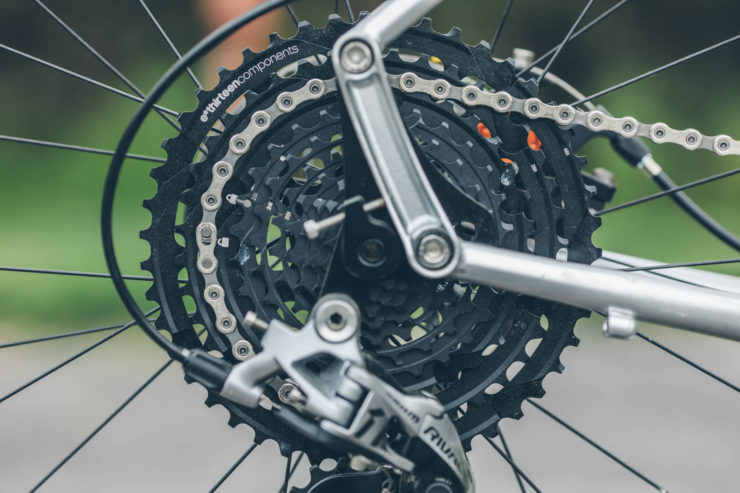
eThirteen TRSr Cassette
While many folks will opt for a 2x drivetrain, it’s hard to disregard the simplicity of a 1x. The new eThirteen TRSr 9-46 cassette is one of the widest range 11-speed cassettes out there. With a 511% gear range, it’s even wider than 1×12 Eagle. In addition, 46T is about as big as a Rival derailleur can go. At $350, it’s certainly not cheap, but you can get the TRS+ for less than $250 with the same range.
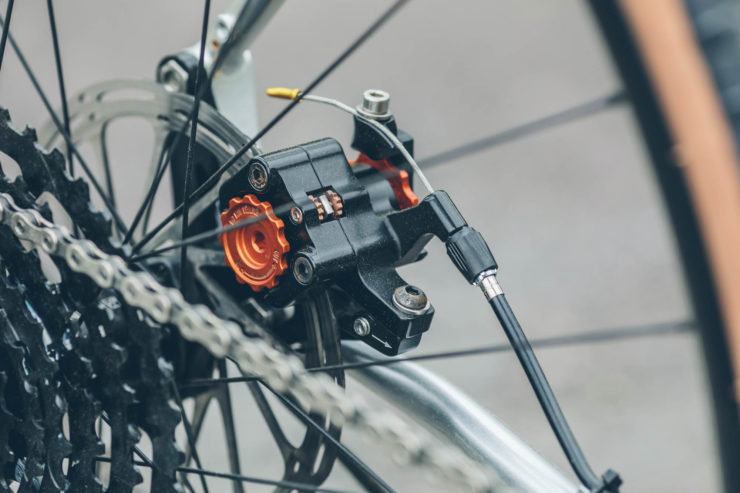
PAUL Klamper Brakes
BB7s aren’t the only mechanical disc brakes on the market. After using the Paul Klamper on trips through Uganda, Rwanda, the US, and, recently, the Republic of Georgia, we are pretty confident in their durability. And, aside from their stylish design, adjustments on the Klamper are the easiest of all the mechanical disc brakes we’ve tried. Plus, they’re made in Chico, California, by a great company. We got a pair of short-pull black and orange versions for this build.
Fyxation Sparta All Road Fork
There are a few carbon replacement forks out there now, but the Fyxation Sparta is available at the right price and with all the right features. The bottle mounts are a big selling point, but it also has the right measurements—400mm axle to crown, 45mm rake, and options for 100 x 12 or 15mm bolt-in thru-axles. The Sparta also has provisions for fender mounts, internal cable routing, and room for 650b x 50 road plus tires. For $299, it seems like a great choice for a gravel bike fork. It’s stiff and does a good job soaking up the chatter, too.
Other impressive bits and bobs include a Brooks Cambium C17 All Weather saddle, Brooks Cambium bar tape, PAUL BoxCar stem, PAUL Tall and Handsome seatpost, and Salsa Cowchipper handlebars. Here’s the full build kit:
- Frame Advocate Lorax (M)
- Fork Fyxation Sparta All-road
- Shifter/Derailleur SRAM Rival 1
- Crankset Rival 1 38T
- Cassette eThirteen TRSr 9-46
- Rims Mason x Hunt AdventureSport 24mm deep | 25mm wide (external)
- Hubs Mason x Hunt 4Season Disc (142 x 12mm r / 100 x 15mm F)
- Brakes PAUL Klamper (short pull)
- Handlebars Salsa Cowchipper 144cm
- Bar Tape Brooks Cambium Rubber (Natural)
- Stem PAUL Boxcar 50mm
- Seatpost PAUL Tall & Handsome
- Saddle Brooks C17 All Weather Carved Black
- Tires WTB Byway / Compass Switchback Hill
Have something to add about your own experience converting from 700C to 650B? Leave a comment below. Also, stay tuned for more coverage on the Compass Switchback Hill and WTB Byway tires.
Please keep the conversation civil, constructive, and inclusive, or your comment will be removed.







